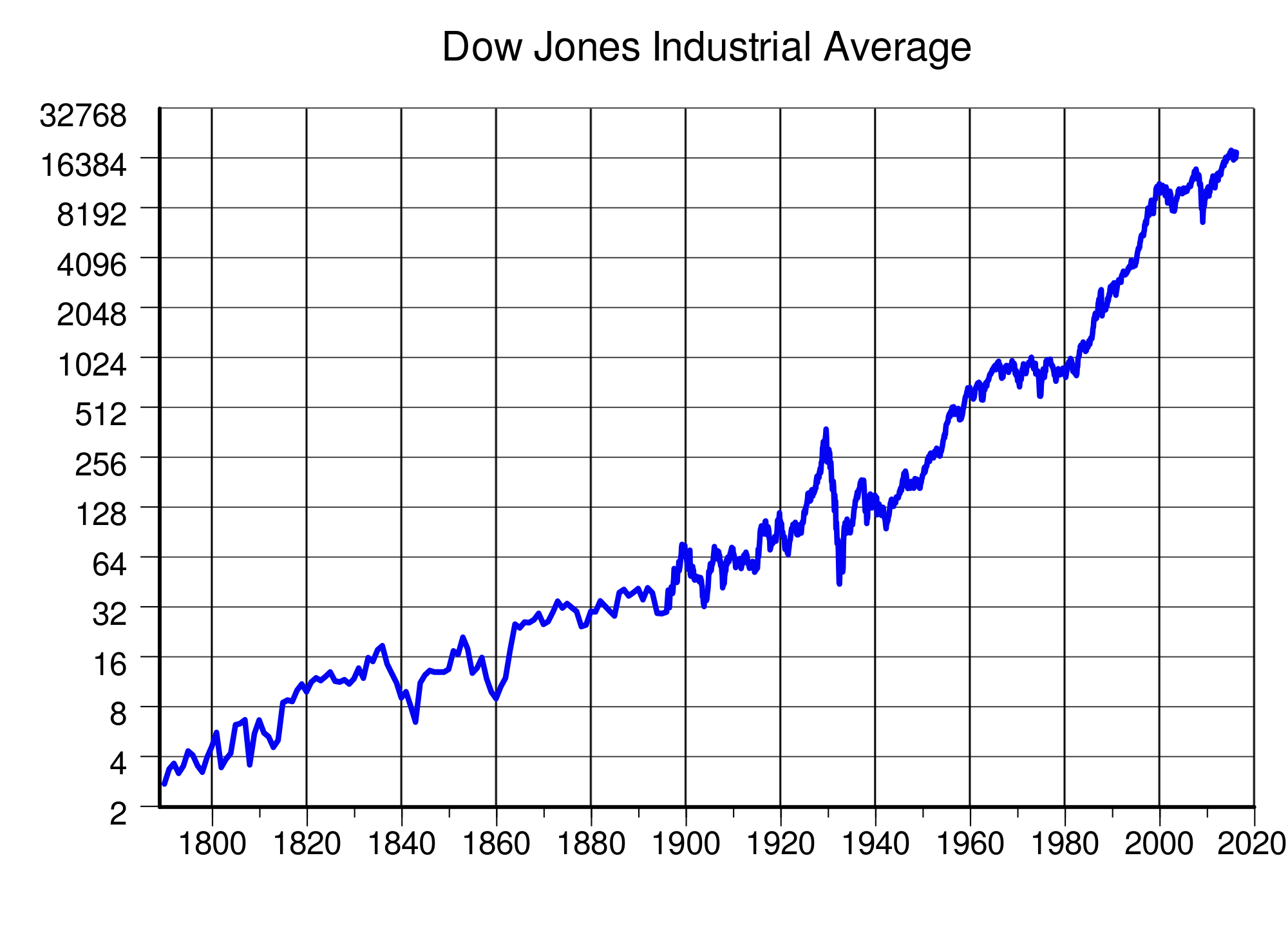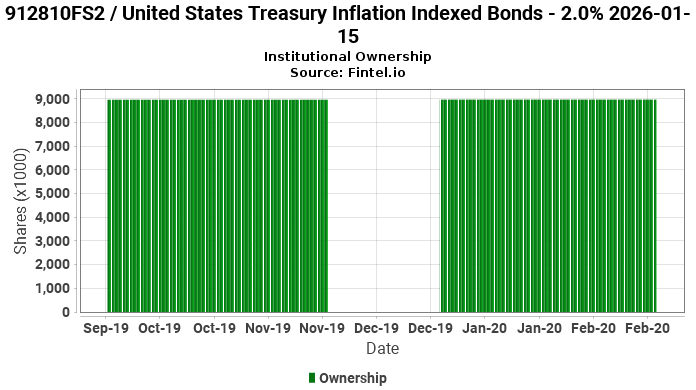Содержание

From the earnings point of view the earnings of an under-capitalized firm is higher than its expected earnings. Equity component of an undercapitalized firm is less than debt in the capital structure. In an under-capitalized firm a part of fixed assets is financed through short-term funds.
Bargain Shares 2023 – Investors’ Chronicle – Investors Chronicle
Bargain Shares 2023 – Investors’ Chronicle.
Posted: Thu, 09 Feb 2023 08:00:00 GMT [source]
Alleviating overcapitalization can come through the repayment or restructuring of debt, or even bankruptcy. Janet Berry-Johnson is a CPA with 10 years of experience in public accounting and writes about income taxes and small business accounting. Looking at the high rate of profit the labour force may demand higher wages which may lead to labour unrest. Moreover, the dissatisfaction of the labour force may reduce its efficiency and productivity.
Footer Social Widget
The company may not be able to raise fresh capital from the market. The company might incur heavy preliminary expenses such as purchase of goodwill, patents, etc.; printing of prospectus, underwriting commission, brokerage, etc. All official expenses should be minimized and a conservative dividend declaration should be planned. Management should try to become more efficient and try to curb excess expenditure. Earning capacity should be improved and care must be taken to spend every single rupee in the most profitable and economic manner.
In other words, a company is said to be over-capitalised when it is not able to pay interest on debentures and loans and ensure a fair return to the shareholders. Low rate of earnings and reduced dividends cause fall in the market value of shares of the over-capitalised company. Thus, shareholders have to suffer a loss in capital due to depreciation of their investments. Rigorous taxation policy of the Government may also result in over-capitalisation.
Over-https://1investing.in/ization can be remedied by reducing its capital so as to obtain a satisfactory relationship between proprietors funds and net profit. In case over-capitalization is the result of over-valuation of assets then it can be remedied by bringing down the values of assets to their proper values. An over capitalized company can be like a very fat person who cannot carry his weight properly. Such a person is prone to many diseases and is certainly not likely to be sufficiently active. Unless the condition of overcapitalization is corrected, the company may find itself in great difficulties. An important question, therefore is the question of capitalization of the company, i.e., the determination of the amount which the company should have at least its disposal.

One is the equity capital which is raised by issuing stock to shareholder and the other one is the debt capital which can be termed as long term liability. The best way to fund working capital is to fund the average annual requirement of working capital through long term finance and use short term finances to fund seasonal fluctuations. Overcapitalization can reduce the overall earnings of a company. This is because, long term funds are thrust into financing working capital unnecessarily which could have actively been invested in trading activates of the company.
Over-capitalisation leads to increased losses, poor quality of products, retrenchment or unemployment of workers, decline in wage rates and purchasing power of labour. This tendency gradually affects the entire industry and the society, and may lead to recession of economy. An over-capitalised company tends to reduce wages and welfare facilities of the workers to reduce losses of the earnings. No consideration is given to the demands of the workers and some of them even lose their jobs because of lay offs and retrenchment and closure of such units.
What Is Overcapitalization? Definition, Causes, and Example
Now, one important question arises is what causes over-capitalisation in an enterprise? We turn to answer this question in the following paragraphs. In order to control the situation of over-capitalisation, the company should reduce the amount of funded debts through outright re-organisation. The debentures should be immediately redeemed out of accumulated earnings or new and bonds issues.
What is Dai? Is it Halal? – Islamic Finance Guru
What is Dai? Is it Halal?.
Posted: Tue, 28 Feb 2023 11:22:40 GMT [source]
Insufficient provision for depreciation consumes unnecessary profits and reduces the overall earning capacity of the company. The rate of return on capital goes down as the company raises more and more capital from the market, making the company’s capital structure look bad and inadequate. Overcapitalization is when a firm has raised capital over a particular limit, which is inherently unhealthy for the company. As a result, its market value is less than its capitalized worth.
Capitalisation
Thus, their rate of return reduces from 20% to 16% due to overcapitalization. IPOAn initial public offering occurs when a private company makes its shares available to the general public for the first time. IPO is a means of raising capital for companies by allowing them to trade their shares on the stock exchange. The profits of an over-capitalised company would show a declining trend. Such a company may resort to tactics like increase in product price or lowering of product quality. Acquisition of unproductive assets or buying them at inflated prices may also result in the overcapitalization of a company.

By applying this rate the company’s capitalisation was worked out at Rs. 1, 25,000. Subsequently, it was found that industry average rate of return was 10 percent and hence company’s fair amount of capitalisation would be Rs. 1,00,000 . Obviously, there is over-capitalisation in the company to the extent of Rs. 25,000. High earnings, high profitability, and high market valuation of shares affects society in an adverse manner.
MEANING AND DEFINITION OF OVER-CAPITALISATION
Since causes bear effects, let us also look at the evil effects of over-capitalisation. An enterprise may become over-capitalised due to both internal and external factors. Price-hike or lowering of the quality of products, thus injuring, consumers’ interests. The only effective remedy to cure over-capitalisation lies in implementing a scheme of a capital reduction. If there is an increase in-volume of profits, it may increase the tax liability. This method can also be implemented if the shareholders are ready for it.
- This leads to the inability of the company to pay normal rate of dividend and interest on shares and debentures respectively, and the .consequent fall in the market value of its shares.
- It is not a prudent policy as it leads to over-capitalisation in the long run, when the book value of the shares falls below their real value.
- The situation will result in declining returns and, in turn, overcapitalization.
- The par value of shares and debentures of an under-capitalized company is less than the true value of its fixed assets.
If remedies are not undertaken to cure the financial health of an over-capitalised company; it will meet with an untimely death. A reduction in the paid-up value of shares-equity or preference or both. For example a share of the paid-up value of Rs.10 might be reduced to a share with a paid-up value of Rs. 5 or Rs. 3. If an over-capitalised company is liquidated untimely due to this financial disease; workers lose their employment. There is a capital loss to the members; as a result of the poor market value of their shares.
Due to higher tax burden, very little amount is left with the over capitalisation meaning for dividend distribution among the shareholders at a prevailing rate, which is a symptom of overcapitalisation. Moreover, the company may face shortage of funds for both working capital as well as for financing the renewals and replacements of wornout assets. Consequently, the working efficiency of the company will be decreased, and the prices of its shares will fall.
Borrowings at Higher Interest Rates:
This may be done through consolidationof shares or reverse share split. The shareholders may be given one share of the same amount in exchange of several shares. This will not affect the amount of capitalisation, but earnings per share will go up. It will help the company in raising the necessary funds for future developments. In order to increase earnings, an over -capitalised company should try to reduce its fixed obligation with regard to payment of interest on debts. The company may persuade the existing debenture holders to accept new debentures carrying lower rates of interest.

As a matter of fact, over-capitalisation is the consequence of prolonged irregularities. To ascertain whether a company is earning reasonable rate of return or not, a comparison of the company’s rate of earnings should be made with earning rate of the like concerns. If the company’s rate of return is less than the average rate of return, it is indicative of the fact that the company is not able to earn fair rate of return on its capital.
The concept of Under-capitalization is just the opposite of over-capitalization. Under capitalization is a situation when the company does not have sufficient capital to conduct normal business operations and pay creditors. Over capitalization is a situation when the company raises more capital than required for its level of business activity and requirements.
